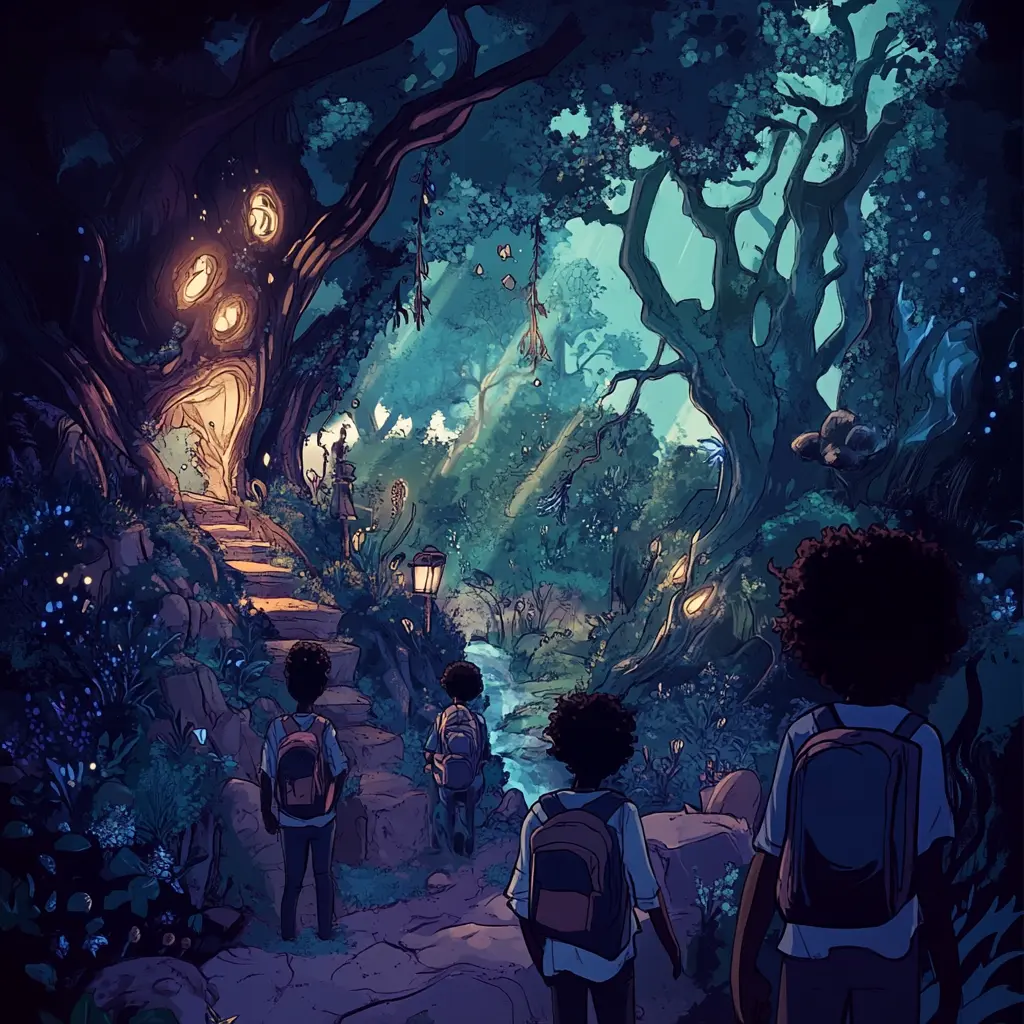Suspense and tension are powerful tools in storytelling, not just for thrillers and horror stories, but for any genre. A well-told story keeps readers engaged by making them curious, concerned, or even nervous about what will happen next. Suspense isn’t about scaring readers—it’s about making them want to keep reading. Even in a simple adventure, mystery, or personal story, suspense and tension make the journey exciting. Imagine a story about a middle school student running for class president. If everything goes smoothly, there’s no reason to care about the outcome. But if the student overhears a rumor that their best friend might betray them, suddenly, the reader is invested. Will the friend stay loyal? Will the main character find out before it’s too late? This uncertainty is what makes stories come alive.
Understanding Suspense vs. Tension
Suspense and tension are closely related, but they work in slightly different ways. Suspense happens when the reader knows something is coming but doesn’t know how it will play out. For example, if a character sneaks out at night, and the reader knows their parents might catch them, that creates suspense. Tension, on the other hand, is the feeling of stress or unease within a scene. It can come from conflict between characters, high stakes, or even a slow, uncomfortable moment where something feels off. A family dinner where nobody is talking because of a secret they all know—but won’t say—creates tension.
Techniques for Creating Suspense and Tension
One of the most effective ways to create suspense is withholding information. Instead of telling readers everything at once, give them just enough to make them ask questions. If a character finds a mysterious note in their locker, don’t explain right away who left it or why. Let the character (and the reader) wonder.
Another method is raising the stakes. The more a character has to lose, the more readers will care. If a student forgets their homework, that’s mildly frustrating. But if they forget their homework on the day of an important test that could determine their future grade, now there’s tension. The bigger the consequences, the more engaged the reader will be.
Pacing is also important. If a story moves too fast, suspense doesn’t have time to build. Slowing down at key moments makes readers feel the tension more deeply. Imagine a story where a character is about to open a mysterious email. If they just click and read it instantly, there’s no suspense. But if the email has a subject line like “I know what you did” and the character hesitates, rereads the subject, then slowly moves the mouse over to click, the suspense builds.
Foreshadowing is another great tool. Small hints that something bad might happen keep readers on edge. If a character’s little brother always forgets to lock the door, and then one night the character comes home late and finds the door slightly open, the reader will instantly feel suspense because they remember the earlier clue.
Dialogue can also create tension by making characters hold back emotions, argue, or say something that has a double meaning. If two friends are competing for the same prize, a simple exchange like, “May the best person win,” can feel friendly—or like a hidden challenge—depending on the context.
Activity: Building Suspense in a Scene
To practice, students will create a short scene using suspense or tension. They should think of an everyday situation—like walking home from school, preparing for a big test, or sending a risky text message—and add elements that create uncertainty. They can use slow pacing, withheld information, or foreshadowing to keep the reader guessing.
For example, instead of writing:
“Jamal texted his friend, ‘Did you hear what happened?’ and waited for a reply.”
They could add suspense like this:
“Jamal’s hands hovered over the keyboard. He typed the message, then deleted it. Typed it again. Finally, he hit send. The dots appeared—his friend was typing. Then they disappeared. Jamal’s stomach twisted. Why wasn’t his friend answering?”
Conclusion: Why This Matters
At the end of the lesson, students should understand that suspense and tension aren’t just for scary stories. They make any story stronger by keeping readers engaged, making them care about the characters, and pushing the plot forward. Whether it’s a comedy, drama, or adventure, learning to build suspense will help students write stories that feel dynamic and compelling.
Feb 13 – Suspense and Tension
Written by: Create Great Stories
April 09, 2025


